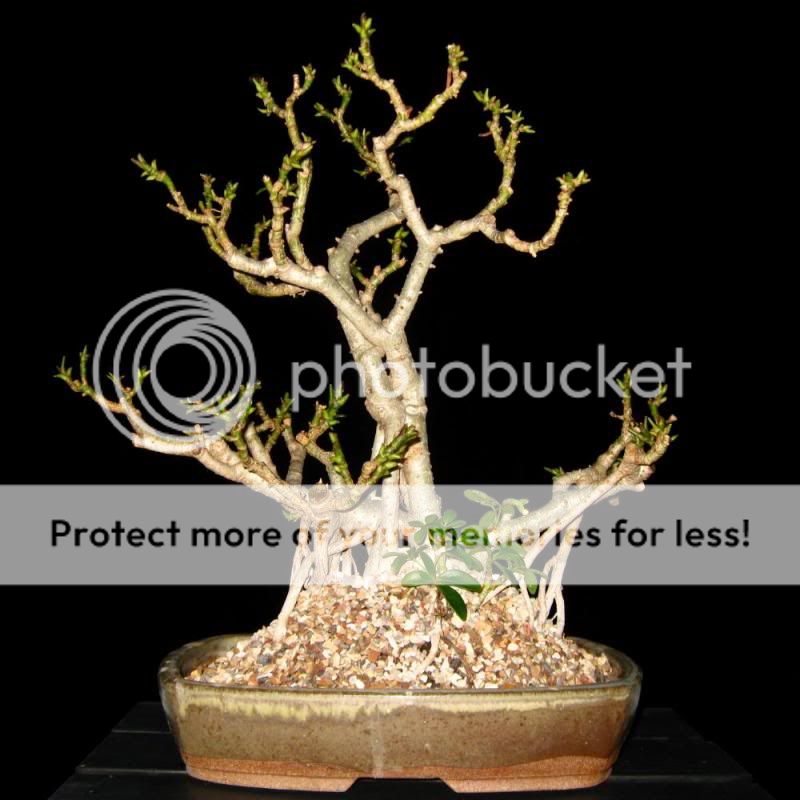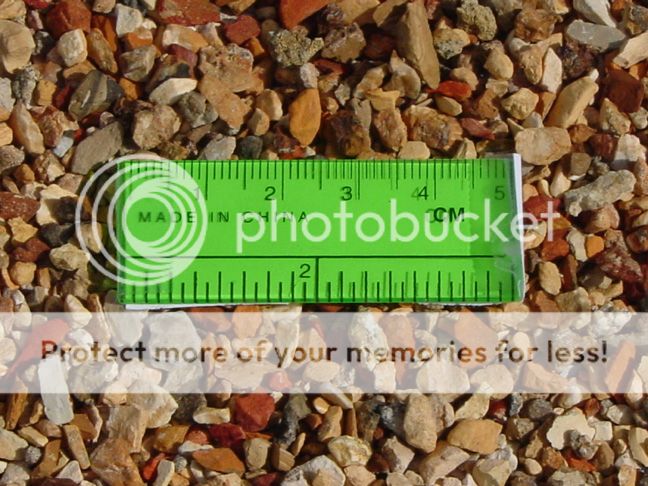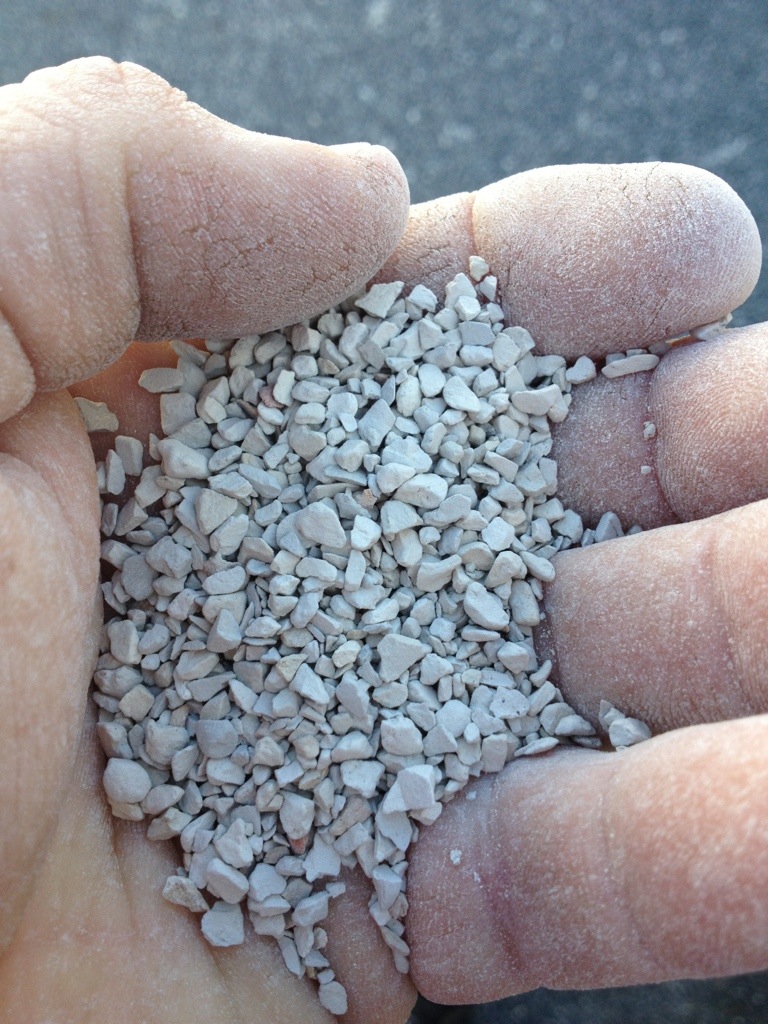aphid
Mame
Does anyone use 100% diatomite for Japanese maples? I have successfully used it for all of my tropical bonsai trees for almost 10 years now and just wondering if anyone else has any experience with it on Japanese maples. I'm planning to put several young maples in large 15" x 19" x 5" plastic trays from the Container Store. It will save a lot of money than using bonsai soil from my local bonsai store.
I get the diatomite from Napa. It's sold as an oil absorbent. I forgot how much a 5-pound bag costs because I haven't bought one for a couple of years, but it's like $10 or something.
http://www.napaonline.com/Catalog/CatalogItemDetail.aspx/Oil-Absorbent-24-QT-Diatomaceous-Earth-Absorbent/_/R-NFA8822_0178972712
Here's what it looks like. For those who don't know, diatomite is fossilized aquatic plankton. It can absorb a lot of water and does not break down at all. It's hard like rock. Thanks!


I get the diatomite from Napa. It's sold as an oil absorbent. I forgot how much a 5-pound bag costs because I haven't bought one for a couple of years, but it's like $10 or something.
http://www.napaonline.com/Catalog/CatalogItemDetail.aspx/Oil-Absorbent-24-QT-Diatomaceous-Earth-Absorbent/_/R-NFA8822_0178972712
Here's what it looks like. For those who don't know, diatomite is fossilized aquatic plankton. It can absorb a lot of water and does not break down at all. It's hard like rock. Thanks!








